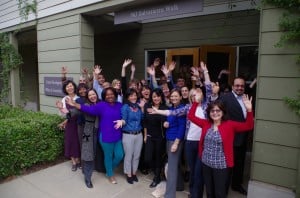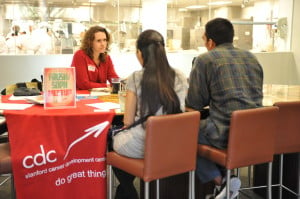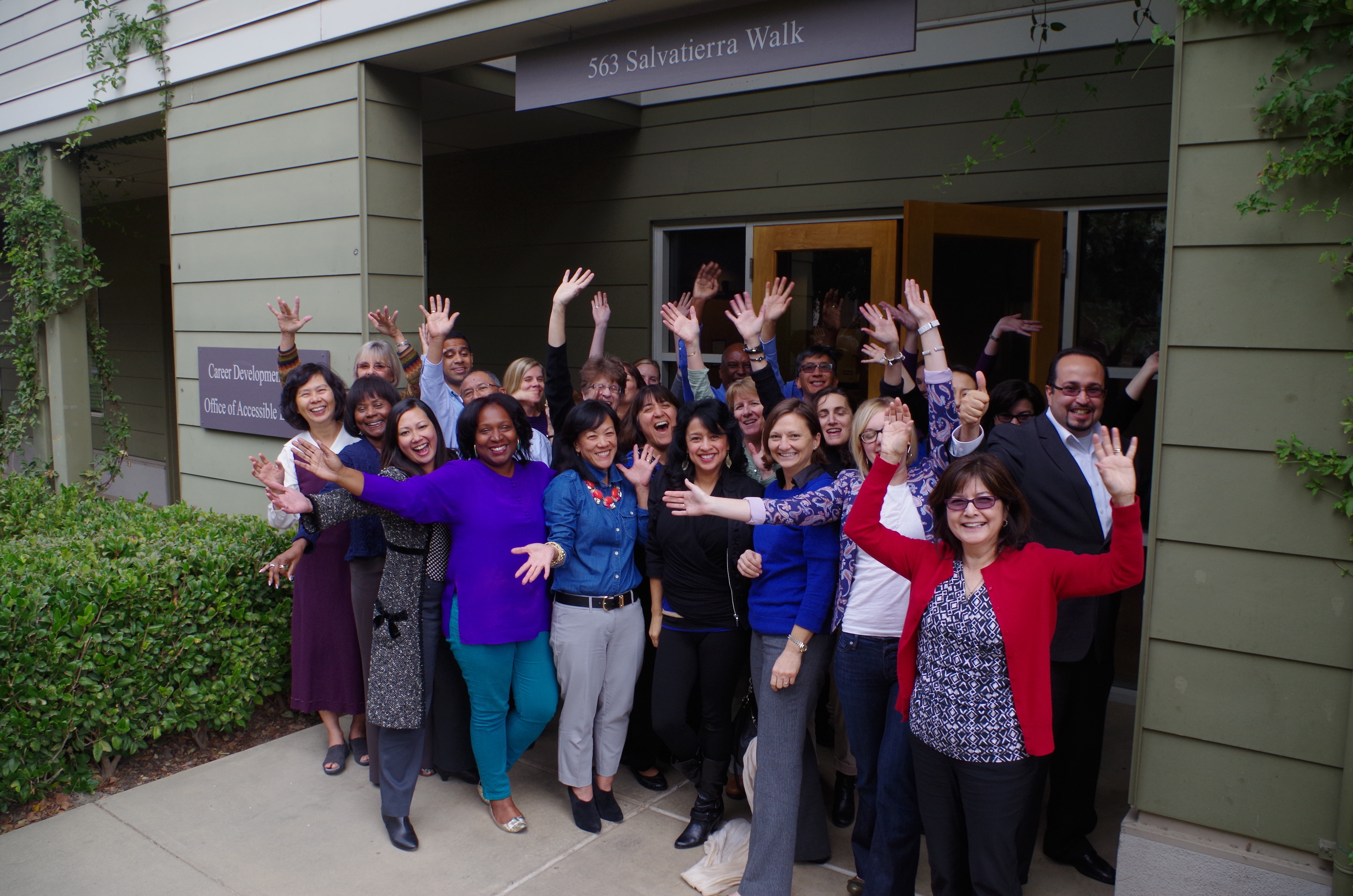The director of Career Development Center (CDC) has begun an ambitious plan to rethink the way career counseling is done in higher education.
“We are launching into a path of transforming our model from mainly career counseling…to a model that’s about building career connections through career communities,” said Farouk Dey, who assumed control of the CDC last April.
Late last spring, Dey appointed a steering committee of students, alumni, faculty, parents, staff and recruiters to help guide the redesign, which Dey dubbed “Vision 2020.”

“The title ‘Vision 2020’ is a reference to us envisioning the next generation of career services in higher education and envisioning the state of career services at Stanford in the year 2020,” Dey explained.
Traditionally, University career counselors have focused on helping students craft their resumes and perfect their interview skills. Dey said that while the CDC will continue to offer these important services, the realities of today’s job market following the 2008 economic recession means that the CDC has to expand its offerings.
The new model will emphasize building connections between all stakeholders — including students, parents, faculty and employers — beginning early in a student’s Stanford career and continuing beyond graduation.
“We’re moving into a world where things are hyperconnected…and in order to get the next opportunity you need to be connecting with other people in order to find that,” said Subhan Ali M.S. ’09 Ph.D. ’14, a member of the steering committee. “People who leverage their network are the people who are going to get ahead professionally in the new world of career services.”
In order to facilitate these connections, the CDC staff has been reorganized so that counselors are assigned to specific academic departments. Based on his or her educational stage or declared major, each student now has a certain counselor prepared to provide guidance.
Dey said that he recognizes that visiting career counseling services can be overwhelming for undergraduates, so he has been encouraging more regular interaction between CDC staff and students.
“I don’t want us to be someone that you only schedule an appointment with when you have a crisis or when you really, really need help,” Dey said. “Career development and professional development must be part of the fabric of the student experience from day one until you graduate and beyond.”
This fall, counselors have been holding regular meetups for students to discuss shared career interests, strategies and questions. At the beginning of the gathering, the counselor will share information about the designated topic —which can range from making the most of winter break to negotiating salaries — but the rest of the meetup is generally devoted to open discussion. Dey said this is an intentional structure designed to encourage students to rely on each other for support and build confidence in their job-preparation skills.

Chad Kamisugi ’15, a member of the Vision 2020 committee, said that while he didn’t expect change to be immediate, he has already seen positive signs from the CDC staff’s efforts to reach out.
“What has been beautiful about this whole idea of meetups…has been bringing a lot of this personal connection and personal relationship-building to [the places] where students are most comfortable,” Kamisugi said. He added that even if they don’t immediately take advantage of it, more students seem to have recognized that there is a CDC counselor looking out for them and providing a safety net.
“Ultimately, I think that will have an immense impact especially as some of these freshmen and sophomores…come to need these resources even more and these relationships [between students and CDC staff] really do come to fruition,” Kamisugi said.
According to Dey, the CDC does not currently have the resources to implement all of the programming recommended under the Vision 2020 initiative. He said that he is in the process of requesting more funding from the University and hopes to eventually hire more staff and expand the CDC’s offerings.
The next step will be to form communities around career opportunities tied to employment sectors and industries. If these frameworks are established, which Dey hopes will occur within the next year, students can begin networking with resources outside Stanford earlier in their academic careers and gain better access to mentors, internships and employment opportunities.
Ali pointed out that during their times in dormitories, student clubs and classes, students build great networks, but those networks are composed almost entirely of peers.
“The reality is that once you graduate from Stanford, you enter a different world, which is the alumni world,” Ali said. “And what you begin to realize very quickly is that…there’s a whole real network of people out that are ready, willing and able to help you achieve your professional goals.”
Dey said he eventually hopes to offer CDC programming for Stanford graduates. For these participants, the communities will be centered on professional development goals, such as improving leadership skills or learning about entrepreneurship.
Other future plans include enhancing connections between potential employers and Stanford, linking students to experts in their fields and engaging faculty in students’ career development.
“The idea is that we’re helping you explore your career options, we’re helping you connect with opportunities [and] we’re helping you grow in your career,” Dey said. “We want the whole model of exploration, opportunities and professional development to be around this idea of connections with the Stanford network.”
Contact Jana Persky at jpersky ‘at’ stanford.edu.
